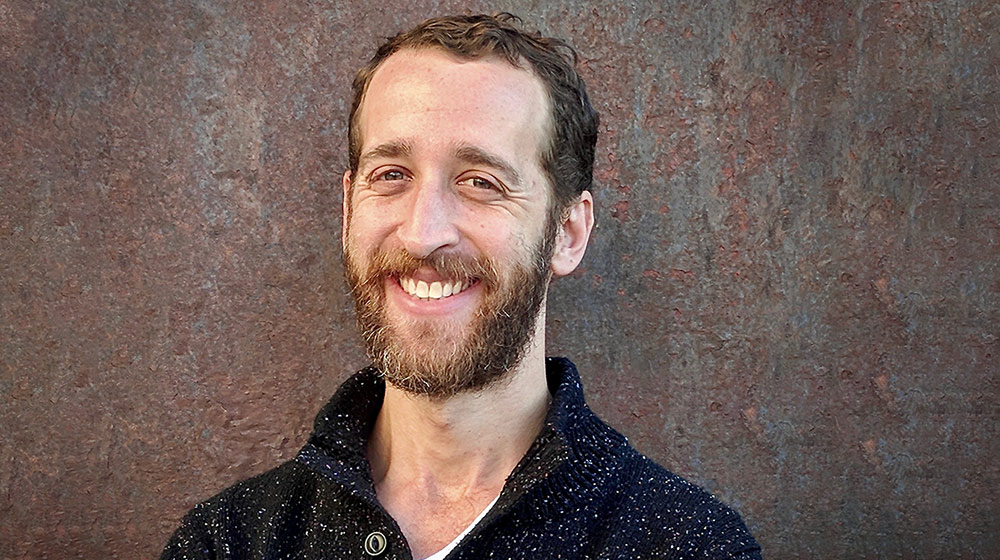
The quicker patients discover what ails them, the quicker they can undergo treatment to arrest ALS, and the more time they can spend living.
As with many medical mysteries, this one starts with a patient.
This particular patient is battling amyotrophic lateral sclerosis (ALS) – known as Lou Gehrig’s disease – a neurodegenerative disorder that has no known cause, no definitive diagnosis, and no cure. But this patient has a son, Noah Zaitlen, PhD, a UCSF researcher who specializes in statistical genetics and is eager to crack the ALS code.
ALS affects about 30,000 people in the United States every year. The number would be higher if patients with ALS lived longer, but they often succumb to the paralyzing motor disease three to five years after diagnosis. The late theoretical physicist Stephen Hawking, who recently died at 76, was a notable exception. Many patients, like Dr. Zaitlen’s dad, Richard Zaitlen, can spend a year or more searching for a diagnosis for the disease that robs people of their ability to walk, to talk, and eventually to breathe.
Dr. Zaitlen, who calls himself a math guy, wants to speed the diagnostic process. He is determined to find the biomarker for ALS – proof of the disease – because the quicker patients discover what ails them, the quicker they can undergo treatment to arrest ALS, and the more time they can spend living.
The UCSF Weill Trailblazer Award offers Dr. Zaitlen the “incredible opportunity” he has been seeking. “We are extremely grateful to the Weills for this support,” he says. “This has allowed me to get my foot in the door and collaborate with other scientists in ALS research.”
With access to some of the most brilliant minds in biotechnology and neurology at UCSF, Dr. Zaitlen has assembled a team that includes clinician Catherine Lomen-Hoerth, MD, PhD, the Richard K. Olney Endowed Professor and director of UCSF’s ALS Center, and Brian Black, PhD, a biotechnology specialist. The scientists are working to discover whether cell-free DNA – cells that die because of disease and release their DNA into the bloodstream – can provide that proof.
Dr. Zaitlen explained that given the high death of muscle, neuronal, and nervous tissue cells resulting from ALS, there should be an ALS “signal” in the patients’ blood and cerebral spinal fluid. To test his theory, samples will be collected every three months from 50 newly diagnosed patients with ALS and 50 non-related family members and caregivers.
The samples will be sequenced using technology that is both accurate and affordable and will offer a never-before-seen view of the disease at onset and through its progression. The team of clinicians, computational scientists, and molecular biologists also hope the samples will show whether therapeutic treatments are working or not. Early signs show Dr. Zaitlen and his team are headed in the right direction.
As for his father, Dr. Zaitlen says his dad, a retired patent attorney, is devoted to ALS research himself and is currently enrolled in a clinical trial for a new stem cell therapy. The elder Zaitlen is also very involved in the ALS fundraising community and was recognized as the 2017 Walk Hero at the 15th Los Angeles County Walk to Defeat ALS.
When his father was diagnosed in 2016, Dr. Zaitlen considered it a personal matter and kept quiet. But as he learned about ALS and watched his father publicly discuss the baffling disease, he knew he wanted to do something. Thanks to the UCSF Weill Trailblazer Award, now he can.


